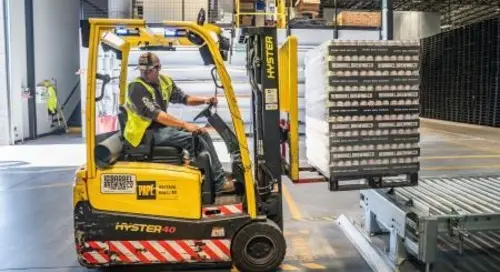
Performance Management Process: 4 Steps to Success
A Continuous Performance Management strategy can help achieve goals, improve collaboration, and keep employees engaged.

Performance Management Process: 4 Steps to Success
A Continuous Performance Management strategy can help achieve goals, improve collaboration, and keep employees engaged.

How To Build Trust in the Workplace: 11 Tips for Teams and Organizations
We know trust is one of the most important ways we can build engagement in an organization But how can we build trust? Here are a few insights.

Promoting Safe Behavior With Safety Incentive Programs and Recognition
In manufacturing and other industries, a multidisciplinary approach to improving a culture of safety, including recognition and rewards, brings the greatest benefit to companies and their workers.

How to Reduce Employee Turnover in 2025: 12 Strategies that Work
As work-life balance becomes more necessary than ever, it’s important to take steps every day to reduce employee turnover. Here’s how.

Back to Basics: What Is Employee Connection?
Employee connection is the key to a sustainable and resilient organization.

Boomerang Employees: Why You Should Rehire Former Talent — and How to Do It
Explore the evolving role of boomerang employees, their impact on the workplace, and how businesses can leverage returning talent for mutual benefit.

How to Engage Remote Employees with Simple, Actionable Strategies
Learn how to keep remote employees engaged and keep your team working productively from any number of locations.

Essential Employee Survey Questions About Culture
Here are 10 questions to ask, plus tips to get the most out of your survey.

What to Do About Quiet Quitting: 3 Ways to Reframe the Narrative
Quiet Quitting. What does it really mean and what does it look like? Most importantly, how do organizations avoid the trend?

Wellness Surveys: Questions to Get to the Heart of Employee Wellbeing
Wellness surveys are a great way to get to the heart of employee well-being. Discover how with examples.

How to Create a Feedback Culture That Drives Employee Performance and Development
A strong feedback culture occurs when employees feel they can provide input about their work and the organization regardless of their position and role.